*If the plants are in the ground and the soil is moist, it is likely transpirational wilt.
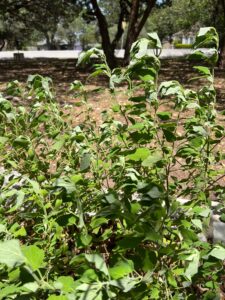
Check the soil moisture first, and if it is wet, your plant is likely experiencing “transpirational wilt”. This occurs when the plant cannot take up water fast enough to replace the moisture loss in the leaves. This often occurs in high temperatures or windy conditions. You can spray down the leaves with water several times a day to raise the humidity and decrease moisture loss from the leaves. There is no need to water the soil, since the plant already has access to the existing moisture.
Wetting the leaves is not recommended for plants prone to disease that is spread by water droplets such as tomatoes, peppers or squash or ornamentals such as Photinia.
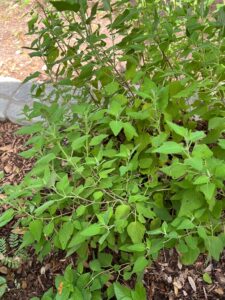
If the plants perk up after the sun goes down, or the plant is shaded, the plant was experiencing transpirational wilt.
This is the same plant that is in the above photo, but taken when the sun went behind the house and the plant was in shade.
If you are able to shade the plant from the sun in the hottest part of the day the moisture loss will be reduced, and the plant will experience less wilt. Umbrellas or shade cloth, properly placed, can mitigate the stress on the plant when temperatures are extreme.
*If the plants are in pots, move them to the shade.

Move the pots to the shade, then water them well. They will recover much faster in the shade than if they were left in the hot sun.
If the plants are in pots too small for the root system, transplant them to the next size pot and water them well. Consider leaving the plant in at least afternoon shade when the temperatures are extreme.
You cannot apply too much water to a potted plant that has a drainage hole, but you can apply too little. Fill the pot over and over and let it drain and drain. Do not use saucers under plants when watering.
*You can help prevent you plants from wilting by watering early in the morning so the plants are not at their lowest moisture level in the heat of the afternoon. Click HERE to watch a video on how to water plants in pots.
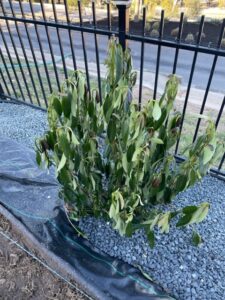
*Once a plant wilts, it has likely lost some of the hair roots that absorb much of the water and nutrients. Recovery may not be possible. The more that you can do to prevent wilting, the better it is for the plant.
The tendency to apply too much water to a plant that has actually lost most of the leaves to drought can be detrimental. When this happens, and you are sure the leaves are dead, cut the plant back and check the soil daily. If it is dry 2″-3″ down, water deeply.
Remember, rain does not sufficiently water a newly planted plant!
DO NOT FERTILIZE A PLANT THAT HAS BEEN DROUGHT STRESSED!

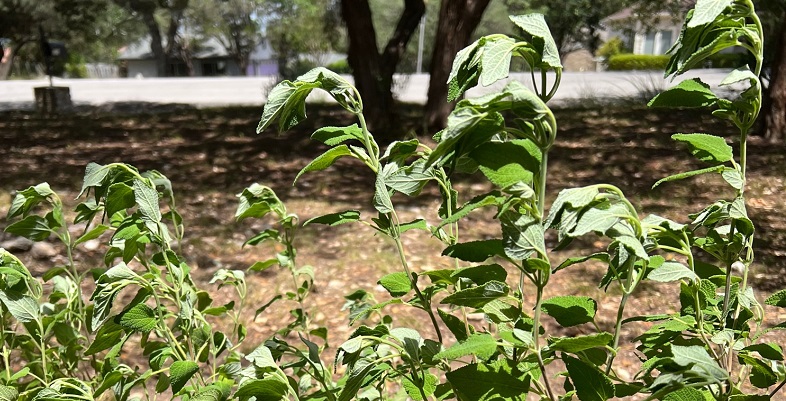
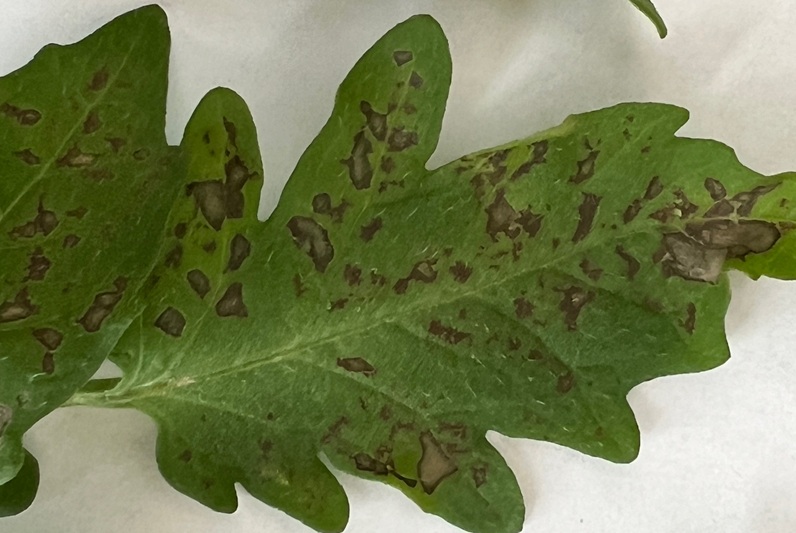
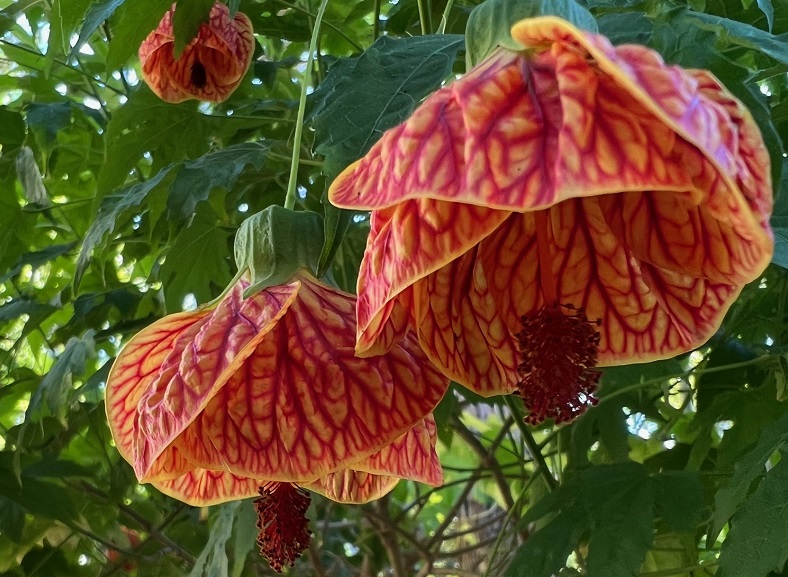
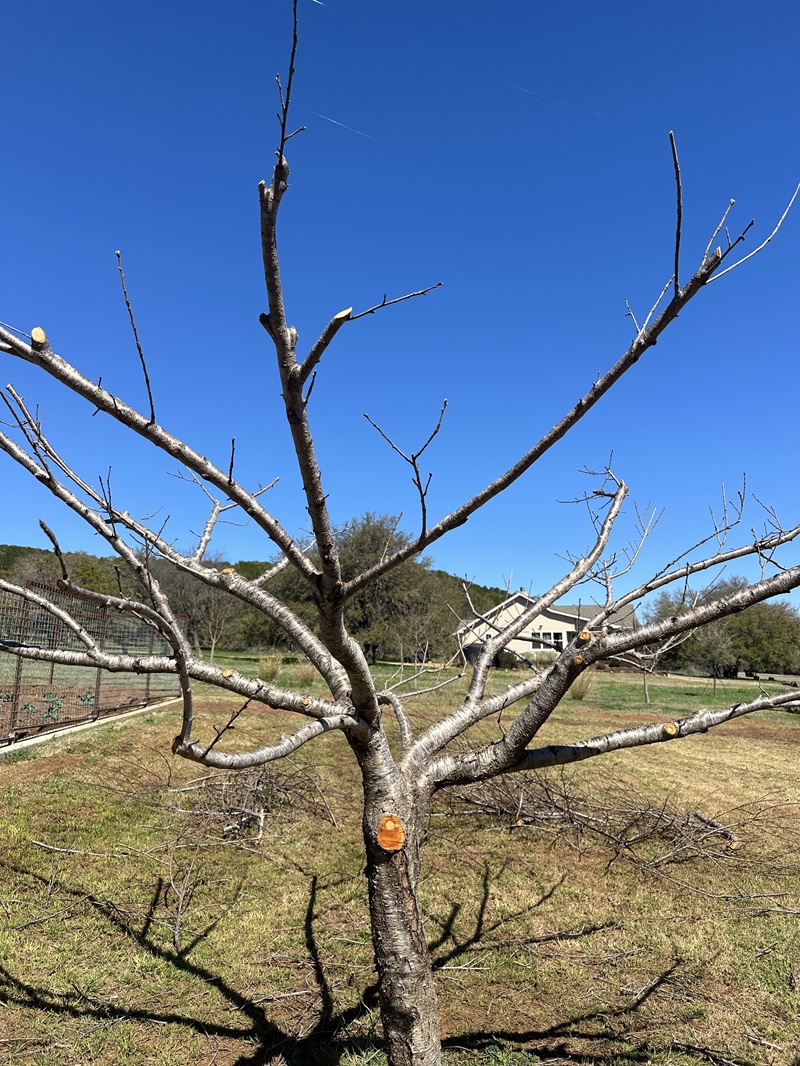
Leave A Comment